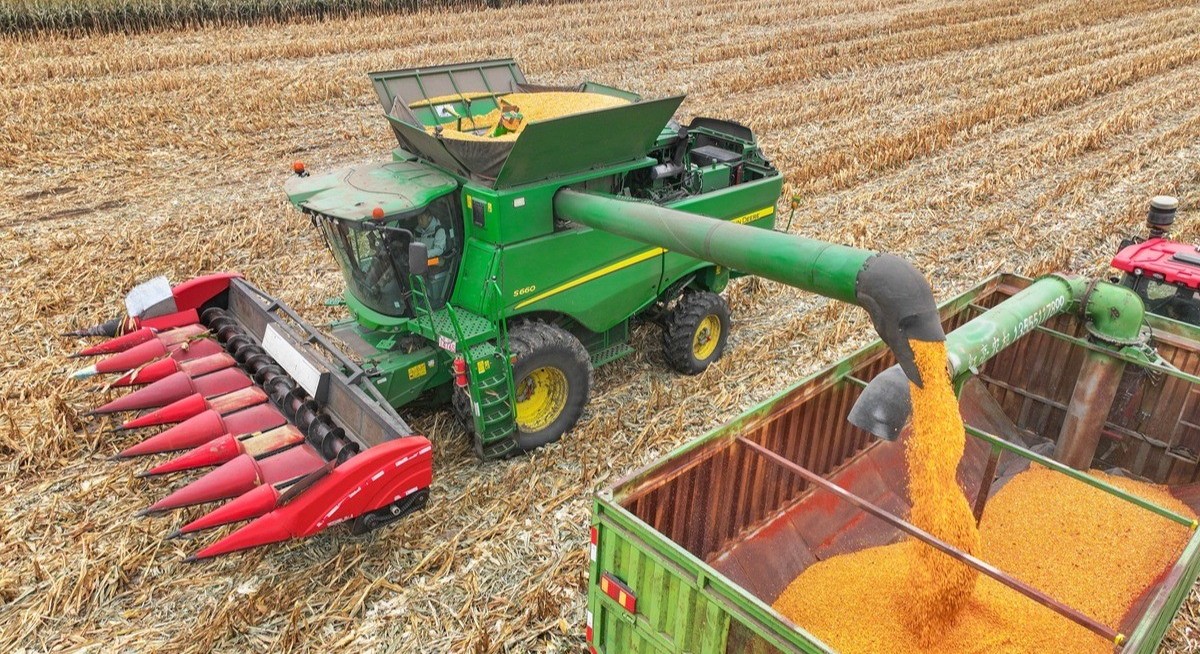(Oct 22): Epic rains in northern China have disrupted the harvest and left crops rotting in the fields, pressuring grain supplies at a time when trade relations are fraying and imports have shrunk.
Top corn-producing provinces including Henan and Shandong have endured the longest and heaviest rainy season in six decades, according to the National Climate Center. The northern region accounts for at least 30% of China’s total production of the grain, but some fields are too soaked to harvest, according to state media. And there’s a risk that corn already gathered could turn moldy.
Most of China’s corn is used for animal feed, though it’s also consumed in snacks and processed into ethanol for fuel blending. The country has become increasingly dependent on its own output, reducing purchases from countries including the US in a bid to bolster food security.
That has created vulnerability at a time when climate change is making the weather increasingly unpredictable. Imports so far this year have collapsed 93% to less than one million tonnes. “There isn’t much of a buffer against production losses,” Sitonia Consulting Co said in a note.
Farmers have rushed to sell their newly harvested crop, rather than put it in storage and wait for its quality to worsen. That has pressured prices, which have fallen over 3% this month in Henan. The government has also mounted a response, allocating 484 million yuan (US$68 million) to support grain drying and field drainage, among other measures.
Other crops have also been affected, from soybeans to peanuts. China’s harvest of its autumn grains is only about 70% complete, so the full impact of the wet weather on both quality and quantity has yet to be determined.
See also: IMF warns Asia’s growth will cool this year, next on trade risks
Although the persistent downpour in the north and west of the country is drawing to a close, tropical storms gathering in the south could affect rice and sugarcane crops. The next round of plantings is also drawing attention. Winter wheat is usually sown in northern China from this month, and the farm ministry has launched a 60-day campaign to combat the impact of flooding.




